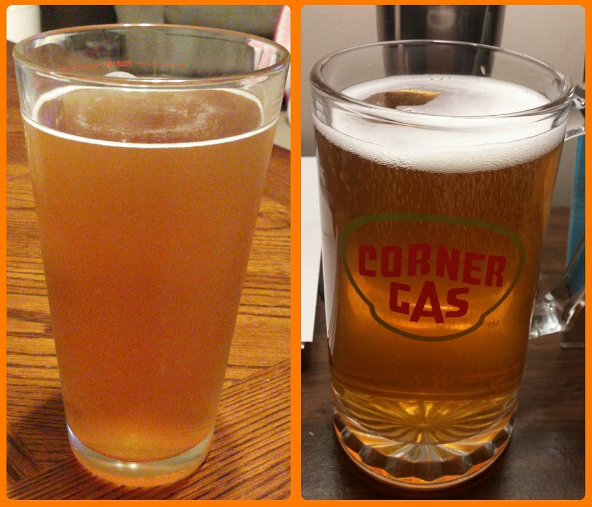nubrew
Member
- Joined
- Sep 16, 2016
- Messages
- 7
- Reaction score
- 0
Hi All,
New to brewing.
We’ve got our primary fermenter in the garage on a table, started brewing last night. It’s a plastic bucket/pail with a fairly loose fitting lid (it’s just sitting on top, not held in place).
I see the home-brew community is sort of indifferent and/or opinionated as to whether to leave a cap on the primary fermenter or not. Lots of people say oxygen is crucial during this stage.
Would it be worth it to lift the cap off the pail today for a few seconds to take a peek inside as well as let some oxygen in? Or would this contaminate the brew? Is the loose fitting lid already enough to allow for some oxygen exchange?
Additionally, we've got windows in the garage, so sun is getting in. I've read during bottling that it is important to keep out of any form of light the bottles, is this at all important during primary/secondary fermentation?
Thanks
New to brewing.
We’ve got our primary fermenter in the garage on a table, started brewing last night. It’s a plastic bucket/pail with a fairly loose fitting lid (it’s just sitting on top, not held in place).
I see the home-brew community is sort of indifferent and/or opinionated as to whether to leave a cap on the primary fermenter or not. Lots of people say oxygen is crucial during this stage.
Would it be worth it to lift the cap off the pail today for a few seconds to take a peek inside as well as let some oxygen in? Or would this contaminate the brew? Is the loose fitting lid already enough to allow for some oxygen exchange?
Additionally, we've got windows in the garage, so sun is getting in. I've read during bottling that it is important to keep out of any form of light the bottles, is this at all important during primary/secondary fermentation?
Thanks







![Craft A Brew - Safale S-04 Dry Yeast - Fermentis - English Ale Dry Yeast - For English and American Ales and Hard Apple Ciders - Ingredients for Home Brewing - Beer Making Supplies - [1 Pack]](https://m.media-amazon.com/images/I/41fVGNh6JfL._SL500_.jpg)



















































